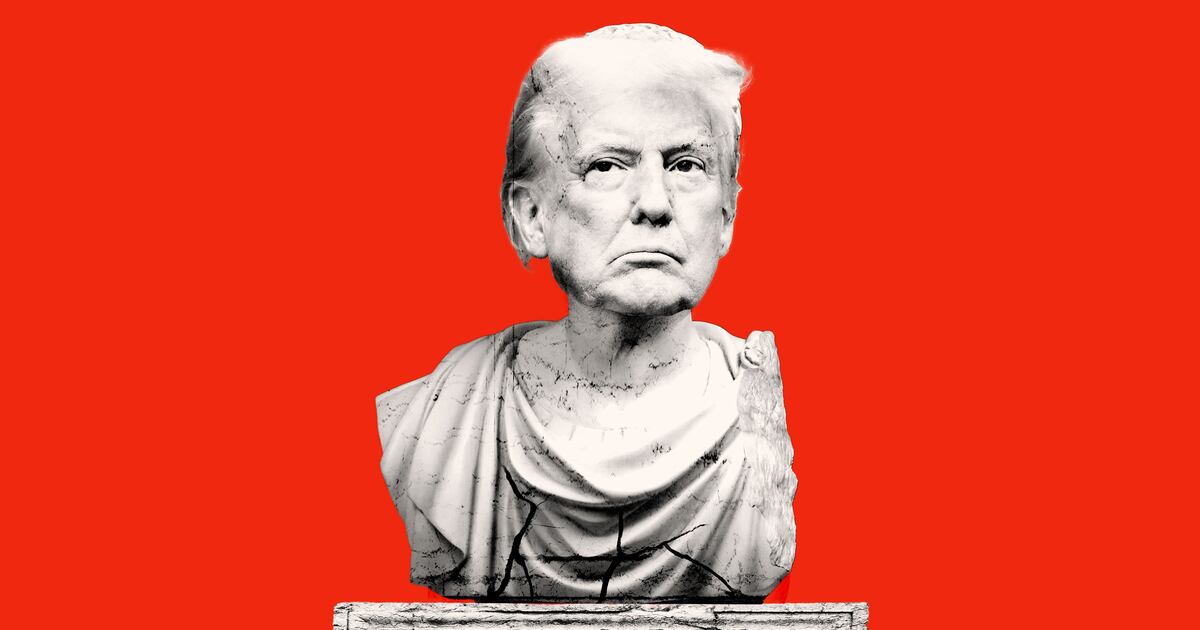When Christian Dior first visited New York in 1947, he came as a celebrity. The French couturier had debuted his era-defining “New Look” collection earlier that year in Paris. Neiman Marcus awarded him the industry’s top prize of the time, the Distinguished Service in the Field of Fashion. He set out on a cross-country trip, zig-zagging the states from New York to Dallas and Arizona, hitting Hollywood movie sets and San Francisco. He loved it, later remarking, “I feel like a genuine American courtier in New York, just as I am a genuine French courtier in Paris.”
Dior’s cinched waists and long hemlines, which he meant to reference an elegant, forgotten glamour and counter the era’s militaristic styles, were lauded by celebrities and the press. But not everyone was friendly. A group of women, dubbed “The just-below-the knee club,” picketed outside of his hotel room in Chicago, bearing signs that read “Mr. Dior we abolish dresses to the floor.” In a televised interview, Dior laughed as he read hate mail sent by a man from Kansas: “If you ever put your foot in Topeka, you bum, I’ll beat you right there.”
The Brooklyn Museum’s Christian Dior: Designer of Dreams, celebrates one of the mid-century’s titans of fashion. The stunning collection tracks over 300 outfits and memorabilia from the house’s archives, including artifacts from the short-lived Dior protests. The result is both a stunning, dreamy display and proof of the emotional heart at the core of getting dressed. Dior knew that clothes mean something, and that women get dressed to make a statement. It’s a point of view that made him famous and has sustained the house for more than 70 years.
The exhibit straddles the line between educational and made-for-Instagram. Pieces are shown in various photogenic set-ups. There is a selfie mirror room because, of course. At a recent press preview, critics attempting to read show notes generously moved over for others who were taking selfies with mannequins.
At first, the exhibit charts the rise and background of Dior from aspiring artist to lead designer. His first trip to the United States is central to the exhibit. There are two main characters of the show: the designer himself and New York City, where Dior fell set up his first atelier outside of Paris. The global expansion of a major brand is commonplace these days, but at the time it was a radical move.
“New York is a very important spot in the story of Dior,” Florence Müller, the exhibit’s co-curator and Avenir Foundation Curator of Textile Art and Fashion at the Denver Art Museum, said. It was there that Dior “perceive[d] fashion as a form of textile architecture,” since he was so inspired by the city’s skyline. (Matthew Yokobosky, the museum’s Senior Curator of Fashion and Material Culture, also curated the exhibit.)
Dior oversaw all of the licensing of his brand, from fashion to perfume, jewelry, and ties. It was and remains a way for the label to appeal to both the upper echelons and masses with just a bit of expendable income; one might not be able to afford a handmade couture gown, but they can buy a $70 perfume.
So the exhibit fêtes luxury, or at least the dream of it. One of the final rooms in the gallery offers about a dozen originals and reproductions of Dior gowns worn by celebrities from Elizabeth Taylor to Princess Diana.
One pull quote from Dior blazes the museum’s wall: “My dresses make a princess out of every woman.” But a New York Post interview clipping from the mid-’50s also includes a telling admission “Aren’t people crazy to spend so much money on clothes?” he reportedly asked. (Back then the asking price for frocks was between $300-$2,400.)
Dior died in 1957, having hand-picked a 21-year-old Yves Saint Laurent to helm the brand. He livened up the brand, taking nods from Marlon Brando films and French New Wave. Pieces from subsequent creative directors like Marc Bohan, John Galliano, Raf Simons, and current head (plus first woman) Maria Grazia Chiuri show an impressive through line from Dior’s original vision to the present. At times it’s hard to tell without looking at museum notes who designed which gown, which says a lot about both the founder’s vision and his successors’ faith in its endurance.
This exhibit is a love-letter and not overly critical of its star. Not much is made of the fact that Dior, like all designers working through Vichy France, designed outfits for Nazi officers wives. And there’s no mention of his niece Françoise, who proudly called herself a Nazi and married Holocaust designer and British far-right figure Colin Jordan in 1963. (Dior was dead by then, and Françoise’s only connection to the business is the name.) Show notes do reference John Galliano’s infamous antisemitic Paris bar rant, which cost him his job at Dior in 2011.
Dior’s sister Catherine, with whom he was very close, gets her own room in the exhibit, since she was the namesake for the house’s signature fragrance Miss Dior. Catherine spent time in the French Resistance until she was sent to an all-women’s concentration camp called Ravensbrück. She managed to escape a death march and return to Paris, living until 2008. Dior called her his “moral heir.” Miss Dior, which is still in production today, was meant to “smell like love.”

Grazia Chiuri, in particular, has attempted to reconcile Miss Dior’s resistance past with today’s #resistance movement; she famously put models in shirts that borrowed Chimamanda Ngozi Adichie “We Should All Be Feminists.” In her vision, sartorial activism and glamour can and should live side-by-side, and none of the fantasy gets spared for the sake of politics.
It’s Christian Dior, the man’s, show at the Brooklyn Museum. But the exhibit’s ethos is summarized through words from Marc Bohan, who led the brand from 1961 to 1989: “N’oubliez pas la femme.” Never forget the woman.
Christian Dior: Designer of Dreams is at the Brooklyn Museum, Sept. 10– Feb. 20, 2022.







